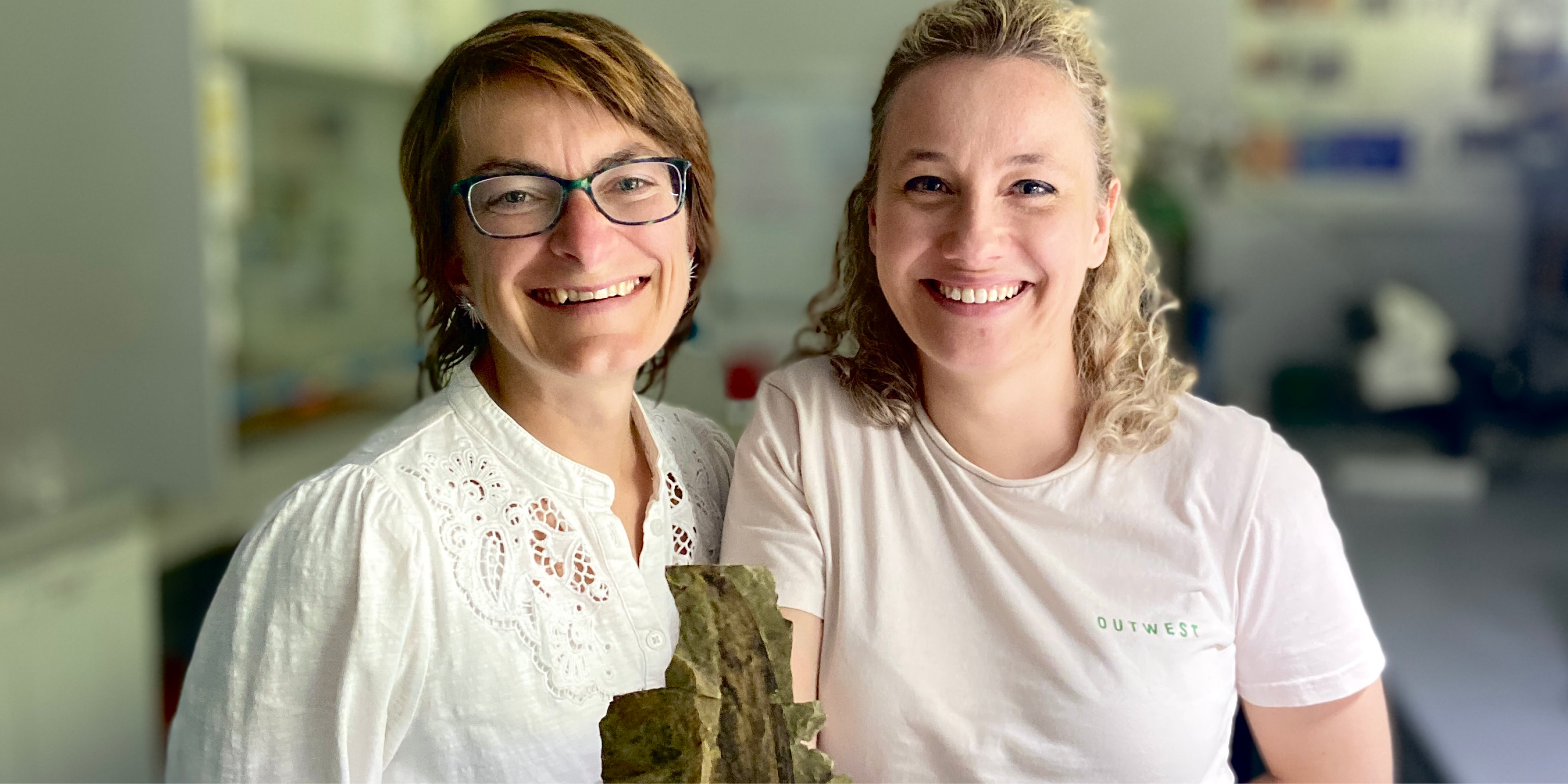In This Section
- Home
- About the College
- Governance
- College Committees & Steering Groups
- College Assembly
- College Council
- College Executive Management Committee
- College Academic Programmes and Curriculum Development Committee
- College Graduate Studies Committee
- College Research & Innovation Committee
- College Teaching Learning and Student Experience Committee
- College Student Recruitment and Outreach Committee
- College Sabbatical Research Leave Committee
- College of SEFS Adjunct Appointments Committee
- International Education Committee
- College Postgraduate Student Committee
- Athena SWAN Steering Group
- College Committees & Steering Groups
- Human Resources
- Annual UCC STEM Awards
- Scholarships and Prizes
- Women in STEM Panel Talks
- Inaugural Professorial Lectures
- Athena SWAN in SEFS
- Proposal Calls
- Contact Us
- Science in Society Public Lecture Series
- Governance
- News
- Staff
- Schools and Departments
- Current Students
- Undergraduate Courses
- Postgraduate Courses
- International Students
- Research and Innovation
- Employability and Careers
- Outreach and Public Engagement
- Science Week
- Transition Year Programmes
A new Triassic “wonder reptile” challenges ideas of skin and feather evolution

An international team of researchers including palaeontologists at University College Cork (UCC) have discovered a new species of fossil reptile from the Triassic period that had a large crest made of complex plume-like structures - long before modern-type feathers evolved.
This significant breakthrough completely disrupts our view of the evolution of skin and feathers in reptiles.
The 247-million-year old Mirasaura grauvogeli, from the Grès à Voltzia locality in northeastern France, had a bizarre showy plume of long outer layer structures. Remarkably, these share similarities with feathers, despite existing 70 million years before the oldest fossil feathers.
The research, published in the journal Nature, includes UCC palaeontologists Prof. Maria McNamara, Dr Valentina Rossi and Dr Tiffany Slater. The study was led by scientists Dr Stephan Spiekman and Prof. Dr Rainer Schoch from the State Museum of Natural History Stuttgart, Germany, along with an international team from Germany, Italy, France and the USA.
The UCC team analysed the fossil outer layer - or integumentary - structures using scanning electron microscopy and synchrotron X-ray analyses. The fossil tissue is rich in preserved melanosomes – cell organelles that contain melanin pigments – that are common in skin, hair, feathers and internal organs of fossil and modern vertebrate animals.
The UCC team discovered that the melanosomes in Mirasaura are similar in shape to those in feathers, but not mammal hair or reptilian skin.
“We know that in modern animals, melanosome shape is closely linked to tissue type,” says Dr Valentina Rossi. “We can therefore be confident that the Mirasaura structures share some common developmental features with feathers”.
Unlike feathers in modern birds, however, the Mirasaura structures lack branching, showing instead a simple long, medial feature that superficially resembles the shaft of modern bird feathers.
The UCC team’s previous discoveries of fossil feathers in pterosaurs predicted that feathers evolved in the reptilian ancestors of pterosaurs and dinosaurs, that lived in the aftermath of the Permo-Triassic mass extinction.
“We were looking in the right time window, but we were shocked to find long integumentary structures in a completely different group of ancient reptiles”, says Prof. Maria McNamara, leader of the UCC team and coauthor of the study.
Co-author Dr Tiffany Slater said, "It’s amazing - this creature forces us back to the drawing board for when feather-like structures first evolved. Mirasaura reveals a deeper, more complex evolutionary story than we ever expected."
“The next step is to consider the effects of fossilisation,” says Prof. McNamara. “By integrating this with more detailed characterisation of the fossil tissues, we will learn more about the shared history of the Mirasaura structures and other integumentary structures such as feathers.”
Synchrotron-CT imaging reveals that Mirasaura, a type of drepanosauromorph reptile, had a delicate, bird-like skull with a largely toothless snout, large forward-facing eyes and a high, domed skull. These features, plus its grasping forelimbs, point to a tree-dwelling lifestyle and diet of insects and other small prey.
For more on this story contact:
Triassic diapsid shows early diversification of skin appendages in reptiles | Nature
College of Science, Engineering and Food Science
Coláiste na hEolaíochta, na hInnealtóireachta agus na hEolaíochta Bia
Contact us
Block E, Level 3, Food Science Building, UCC, Cork, T12 YN60.
